Five-minute gardening tips from the National Trust
Expert tips and advice from The latest National Trust book, The Five-Minute Garden.

The latest National Trust book, The Five-Minute Garden by Laetitia Maklouf, provides green-fingered experts or novices, with month-by-month gardening tips to achieve their gardening goals, in five short minutes a day.
With National Gardening Week fast approaching and time at home in plentiful supply we now have an opportunity to focus on our outdoor spaces; whether that’s a magnificent garden, a small garden design, an allotment, balcony or windowsill.
You might want to grow your own food, welcome wildlife or add a splash of colour, none of which needs to take hours of strenuous labour.

It is widely recognised that gardening is good for our wellbeing – both mental and physical, as much as it is for encouraging nature to thrive. Even long after the planting has been done the gentle buzz of bees and the flash of butterflies searching for nectar, provide a soothing backdrop to the warmer seasons.
Pamela Smith, National Trust’s Gardens and Park Specialist for the Midlands snatches five minutes for her wellbeing; 'If I only had five minutes, I would have a quick dose of gardening pleasure. I would stand in my greenhouse and check spring seedlings and even in winter the smell and change in temperature always cheers me.
On my way back into the house I look for things to pick – a flower bud, a stem or even a dandelion head and I put them in individual bottles on my windowsill. My own botanical display.'
GARDENING TIPS
If you have a garden, or some green space, here are some suggestions of five-minute jobs that will keep your spring garden looking its blooming best.
Design expertise in your inbox – from inspiring decorating ideas and beautiful celebrity homes to practical gardening advice and shopping round-ups.
1. WEED LITTLE AND OFTEN
Not always the most fun job in the garden, but it makes a real difference and helps your carefully cultivated plants to survive. You can make the job more manageable by using the square metre or 'hula-hoop' method. Simply measure out a small patch and focus your efforts on clearing that space. Do this every day (or every few days) and it’ll be much easier to keep on top of.

2. LET THE GRASS GROW
If you can, it’s well worth leaving some areas of grass to grow between May or June through to October. Not only will it give you a break from trundling up and down with the lawnmower, it will also provide the perfect habitat for a whole host of wildlife like bees and butterflies.

3. GET COMPOSTING
With green waste collections impacted by the government restrictions, we might need to take composting into our own hands. Here’s a great tip for keeping slugs and snails at bay, while making the most of eggshells. It takes a lot of eggshells, but if you get through a lot of eggs then this is a good way of composting. Dry the eggshells out first to make them easier to crush.
Or if you are really going to town with a spring clean, any gutter you can reach will be full of compost. The leaves caught in there will have decomposed and will be ideal for feeding your flowerbeds.

4. PLANT EDIBLES
If you’ve hardened off your tomato seedlings (or you’ve bought some from the shops) now’s the time to plant them. Huge hanging baskets look great for tumbling tomatoes. Hanging baskets need multi-purpose peat free compost mixed with water-retaining granules to keep things damp. Mix the compost and water-retaining granules before you do any planting, as the granules will expand, and you may need to remove some of the compost.
Plant two – seven tomatoes to a 45cm (17in) diameter hanging basket, angling the plants outwards, cover with more compost and hang up somewhere safe and sunny.
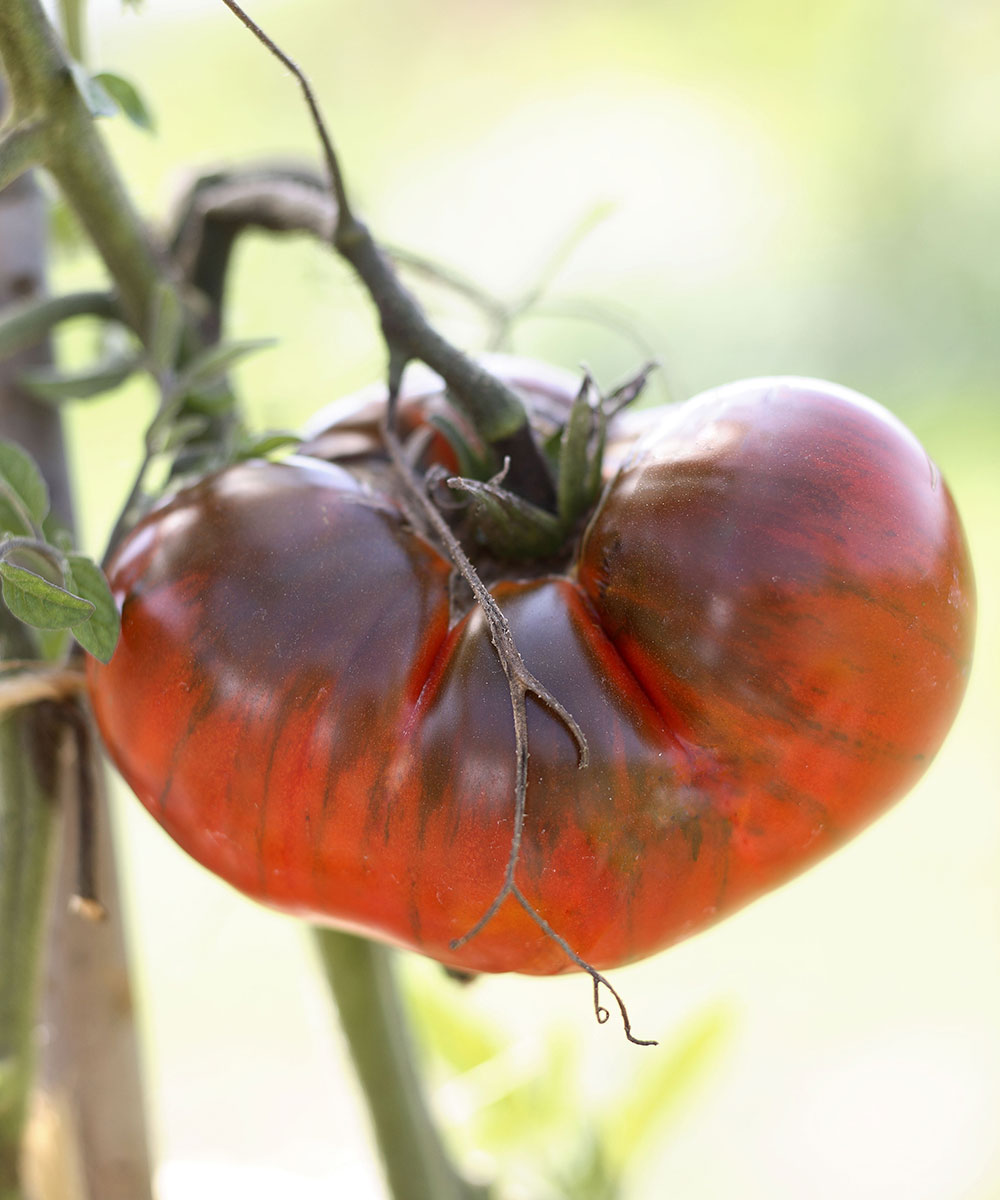
5. POT PERENNIALS
Bring some colour year-after-year with some potted perennials. It doesn’t take long to create beautiful displays which you can then move around to suit you. The following plants all do well in containers:
- Erigeron karvinskianus: produces masses of small daisies almost year-round. A favourite of butterflies and bees.
- Heuchera: these are very low-maintenance herbaceous plants which provide colour virtually year-round thanks to their colourful foliage. Grow in groups for maximum impact – different varieties will create a patchwork effect.
- Forget-me-not (Myosotis): These tiny blue flowers are a great source of food for pollinators and are sure to brighten up your day.
- Hyacinths: Many people think of Hyacinths as ‘one-hit wonders’, but with a little care the bulbs can be encouraged to bloom year-after-year. If you have any Hyacinths languishing indoors plant them outside rather than throwing them away.
Ian Wright, National Trust South West Garden Lead Specialist recommends the following; 'If you have a small garden with lots of plants in pots check that they are in the right position, "as the sun gets higher the pots get dryer". If the plants are not full sun lovers and will suffer from the heat, you might need to move them out of direct sun. Moving pots around can also help the garden feel fresh and different.
Also, what about giving your potted cacti a summer outing from indoors to outdoors? It’s great to see a cacti or two giving a touch of the exotic to a sunny spot on a patio but be aware of too much thundery rain.'
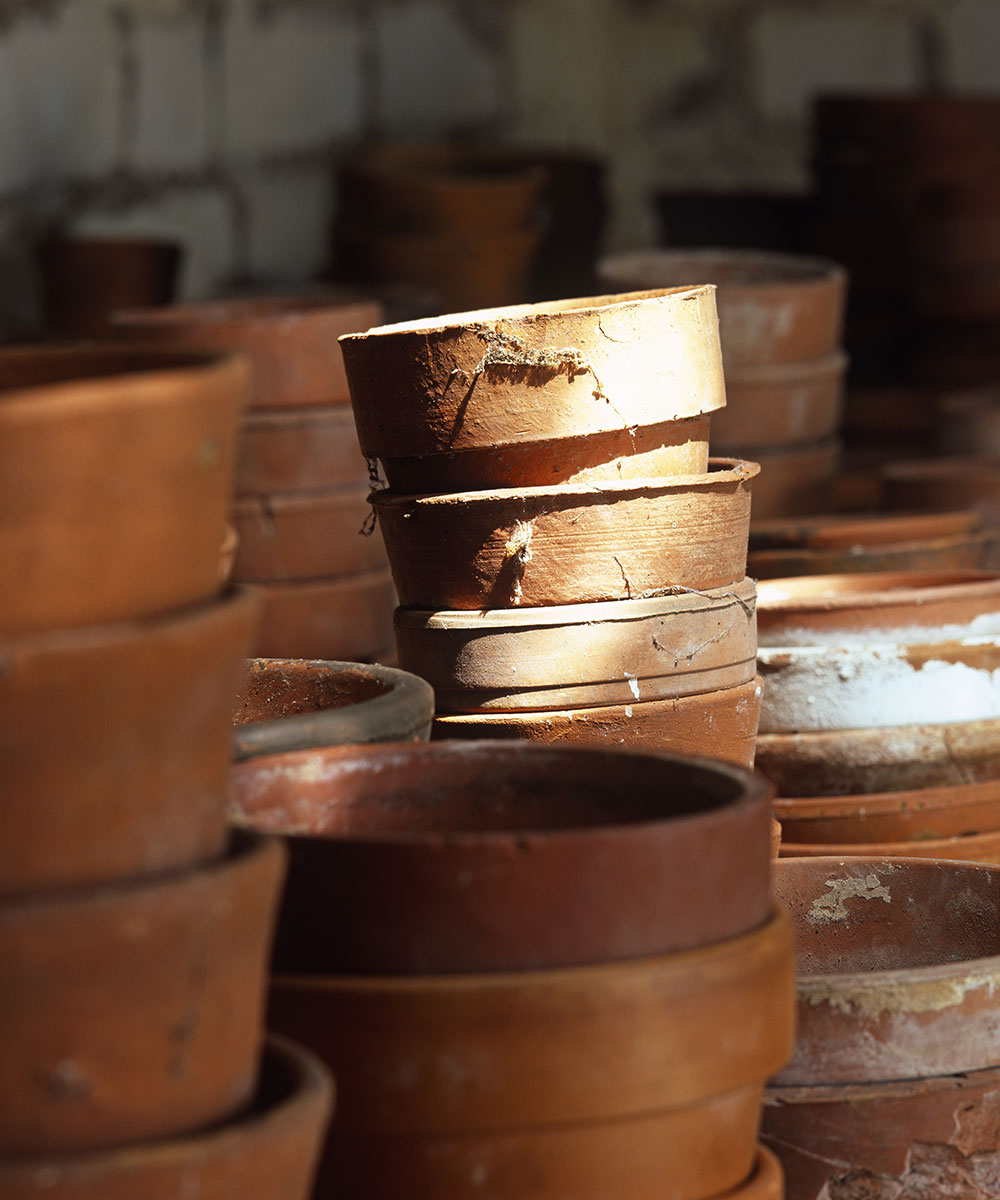
6. TOP DRESSING CONTAINERS
If you have containers with permanent plantings in them, you can help them along by removing the top 5cm (2in) of compost and replacing it with new. This will provide the plant with added nutrients.
7. PLANT HERBS
Herbs are the five-minute gardener's dream, being both beautiful and useful. The most important thing with all herbs (with the exception of bay which will grow into a tree if you let it) is to harvest regularly, which will keep the plant in shape. Top planting tips:
- Plant bay, rosemary and sage in the ground.
- Plant mint, oregano, parsley and thyme in their own pots.
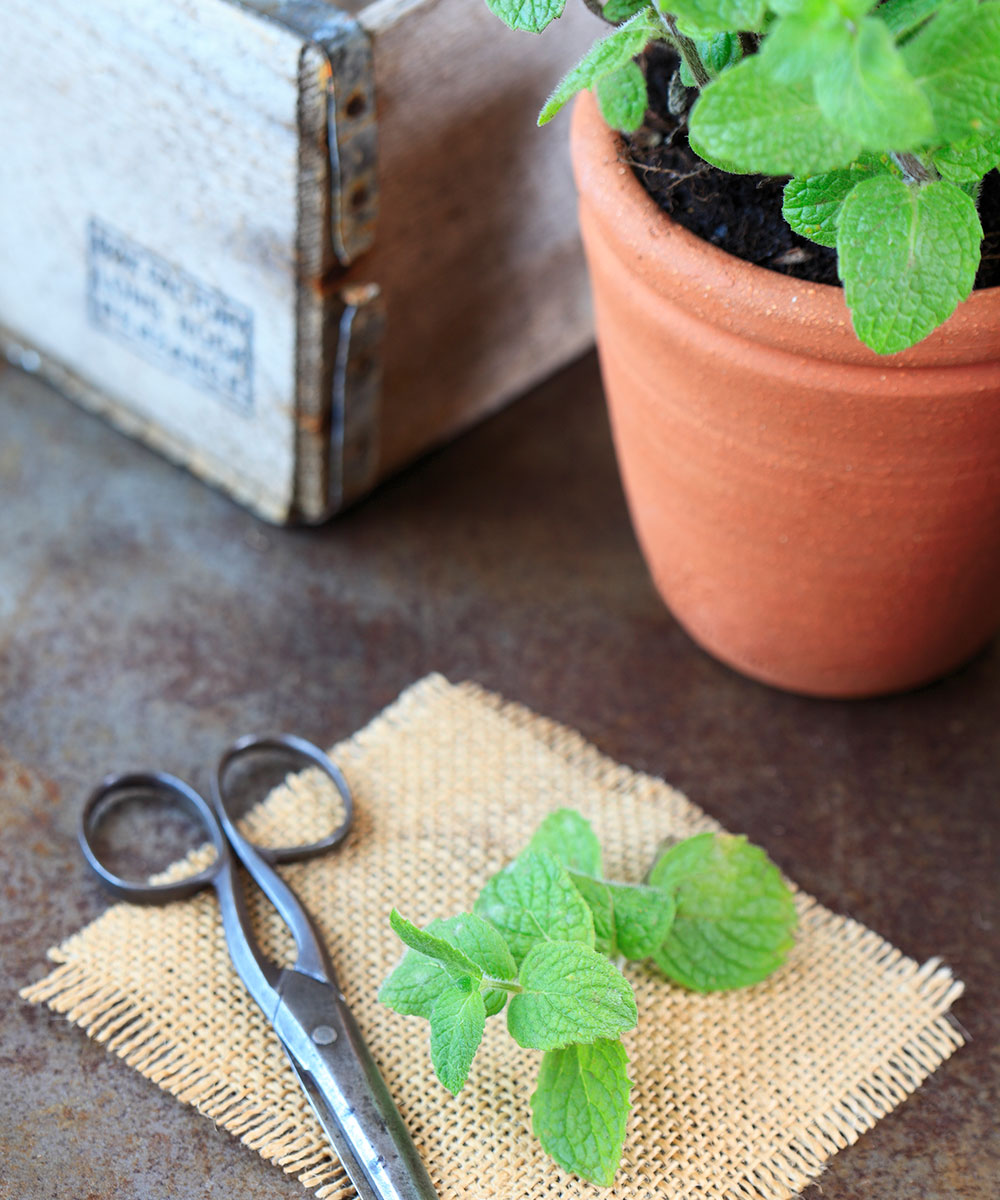
8. TYING-IN AND STAKING
The difference you can make to a garden by tying-in climbers and rambling plants is immeasurable, with fences and trellises getting a bonus spruce up at the same time.
Make sure you stake plants that might need support – very tall plants can be tied to a cane driven deep into the ground, while smaller plants can be propped up with twiggy branches pushed into the ground around them.
If you have climbing roses, now is the perfect time to spend five minutes tying-in their still-soft stems to whatever they're climbing up. Bending the stems downwards encourages more flowers.

9. DEADHEADING AND PRUNING
Start deadheading and don't stop. The more going-over flowers you chop, the more new and beauteous flowers your plants will produce. The theory is simple: plants want to flower and set seed in order to produce the next generation. If that process is interrupted by you and your secateurs, then most of them will have another go at flowering while the weather is still on side.
Just a few minutes each day will make all the difference. As Simon Toomer, the National Trust’s National Specialist – Plant Conservation says; 'I like to do a bit of therapeutic pruning. Some pruning jobs are very seasonal, but others are less time sensitive. For example, shaping of shrubs and trees to look good and control size and spread is best done little and often.'
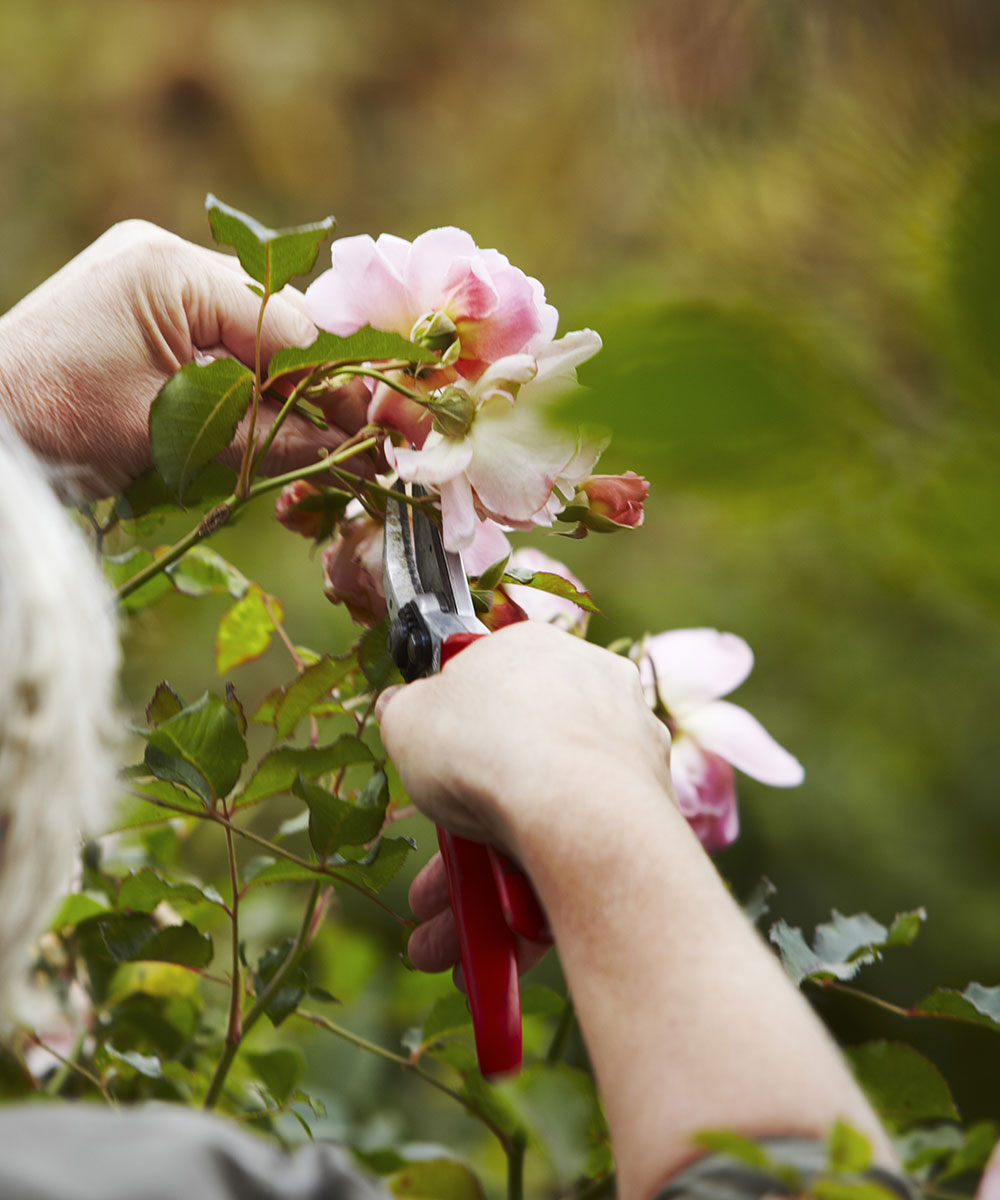
10. PLANT NEW THINGS
The thrill of putting something new into the ground never gets old, and even in a compact space, you can still find the best trees for a small garden.
Here is how to plant properly and ensure that anything you plant has the best start in life:
- Dig a hole roughly twice the size of the plant you want to put in it. The reason for this is to de-compact the soil and make it easy for the roots of the plant to spread out.
- Water the plant properly before you put it in the ground. If you put a dry plant into the ground and water it, it will stay dry and not thrive.
- Put well-rotted manure, or grit in the bottom of the planting hole (according to the plant’s needs) and mix it with a bit of the existing soil. Manure will provide food for hungry plants, and grit will provide drainage for ones that don’t like wet feet.
- Loosen the roots a bit before you plant. This will let the roots know that it’s okay to explore.
- Create a wall around the newly planted specimen by banking soil in a ring around it. When you water the plant, this wall will keep the water where it’s needed.
- Water your plant in properly. A thorough, long dousing is infinitely preferable to a bit here and there. You want to encourage the roots down towards the water table, so that the plant can eventually look after itself. If the roots stay on the surface in response to little-and-often watering, then you’re sentencing yourself to a lifetime of watering.
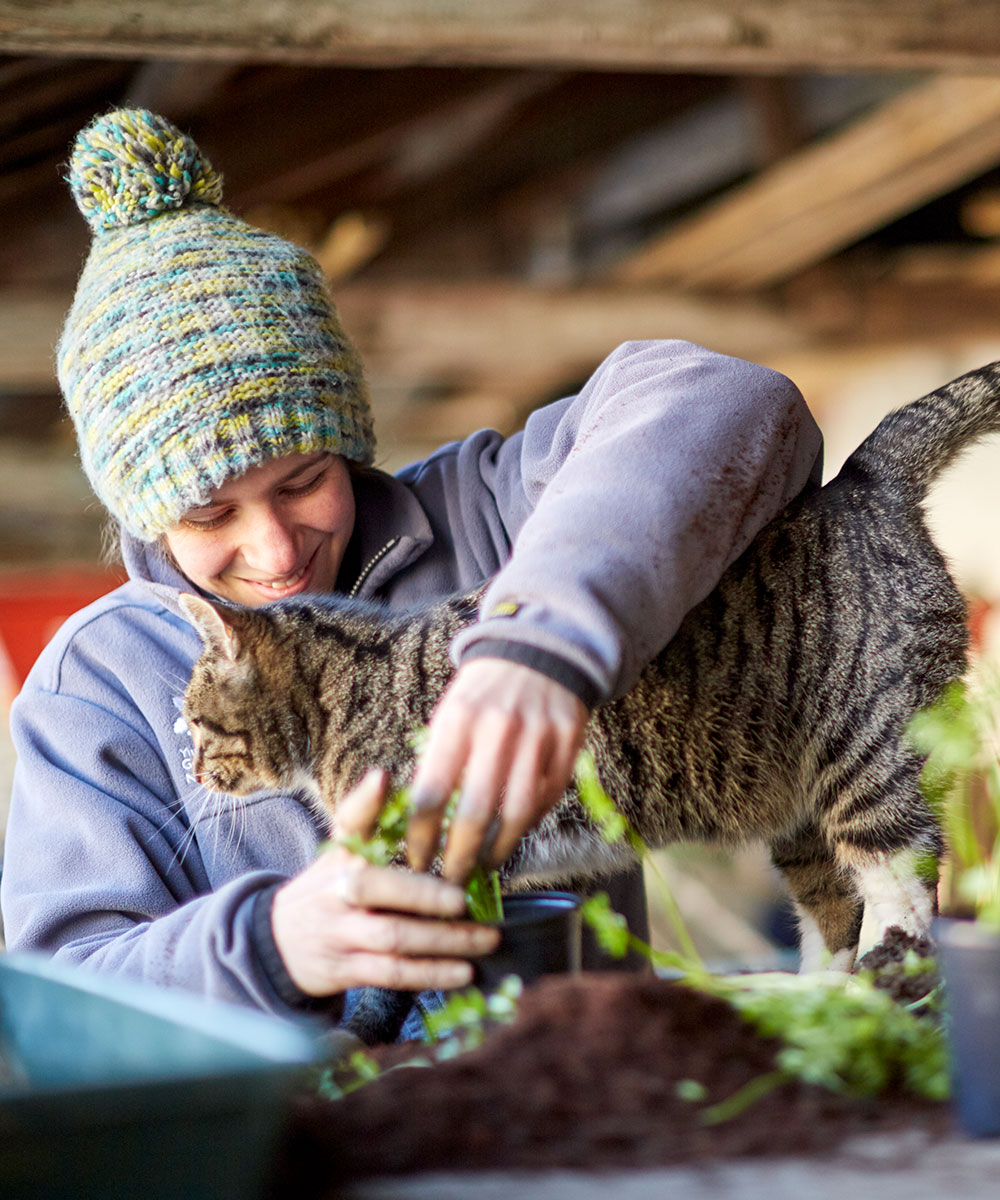
The Five-Minute Garden is available through Pavilion for £9.99.

Jennifer is the Digital Editor at Homes & Gardens, bringing years of interiors experience across the US and UK. She has worked with leading publications, blending expertise in PR, marketing, social media, commercial strategy, and e-commerce. Jennifer has covered every corner of the home – curating projects from top interior designers, sourcing celebrity properties, reviewing appliances, and delivering timely news. Now, she channels her digital skills into shaping the world’s leading interiors website.